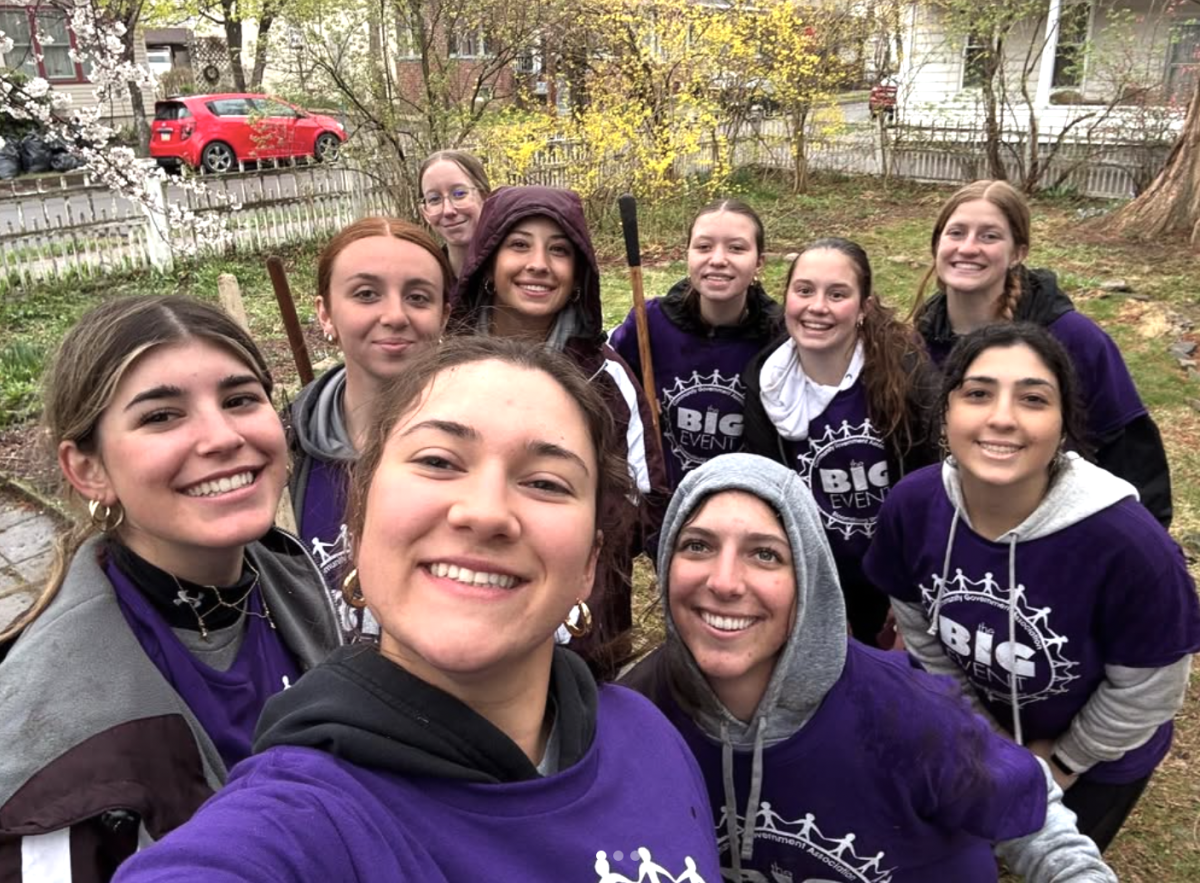When people usually talk about intersexuality, gender identity and queerness, it is usually associated with the American culture and issues related to breaking down binary views in the American society. The LGBTQ Resource Center and the Department of Anthropology wanted to go beyond the norm and talk about how people in different countries deal with gender identity in the ‘Queerness across Cultures’ event. Malik Muhammad, coordinator of sexual and gender diversity introduced the speakers on Monday night and talked about the meaning of queerness. He defined it as, “Embracing the fluidity and ambiguity of sexual and gender identity and stepping away from heteronormative and dis-normative influence around us.”
“We have this perspective that everyone has to be straight. We have this misinterpretation of who we are as people when we assume that we will fit in that category,” said Muhammad.
Muhammad then introduced the first student speaker David Price who talked about the two-spirited people in some Native American communities.
“It is a contemporary term used by indigenous Native Americans to represent certain individuals who fulfill a traditional third-gender (non-binary) rule in the culture,” said Price.
Price talked about the roles that two-spirited people played in certain Native American tribes like being a caretaker of the dead that are dying, matchmakers and foretellers of the future. He also explained how two-spirited people “have a feeling that they don’t belong in their own culture and were hiding their culture because of fear from colonial forces.” People who are two-spirited doesn’t fit strictly male or female.
Queerness in Mexico was the next topic led by senior Alexis Mendoza. She focused on topics like sexual variation and what it means to be gay in Mexico.
“Some Mexican men that practice gay sex do not call themselves gay,” said Mendoza.
She then talked about the term machismo which refers to men who are strong and aggressive.
“If you are straight and macho then you are not considered gay if you have sexual relations with other men. It’s all about the sexual aim,” said Mendoza, “For a man to seduce another man is more difficult and more macho.”
Mendoza then talked about the Muxes who are people that were “an assigned male at birth individual who dresses and behaves otherwise associated with the female gender.” They are considered as a third gender in Mexico. She then talked about lesbians in the country as well.
“Lesbians in Mexico are well respected,” said Mendoza.
However, she did mention how lesbian sex in Mexico is not considered as “real sex.”
Facia Sirleaf was the last student to present and her focus was on the Hirjas in India.
They are defined as an “embodiment of female characteristics although they don’t identify themselves as either male or female.”
Sirleaf explained how Hirjas would sacrifice their genitalia to the Hindu gods and were once well respected in the past.
“They are still a part of religious institutions and have ritual roles,” said Sirleaf.
She played a video that showed the perspectives of many Hirjas today in India as they explained the struggles that they face from not being accepted in society.
“Recently the Indian government officially recognized third genders in official documentations,” said Sirleaf’s, “It is important to reevaluate your knowledge on intersexuality and to be open minded to all individuals.”
The final presentation was done Professor Damien Marken from the Anthropology Department who talked about “The Etro of Papua New Guinea” and how they view gender identity. He talked about the “stages of making a man” among the Etro where they take boys from their mothers at age seven to start their process in becoming a man. He mentioned how men are only supposed to have sex with their wife 100 times a year, and it is only done not in the home but in the forest.
“Sex with women to them is seen as weakening,” said Marken.
The event finished successfully as Muhammad left room for questions from the audience.
“We have to remember, America is not it,” said Muhammad.





















